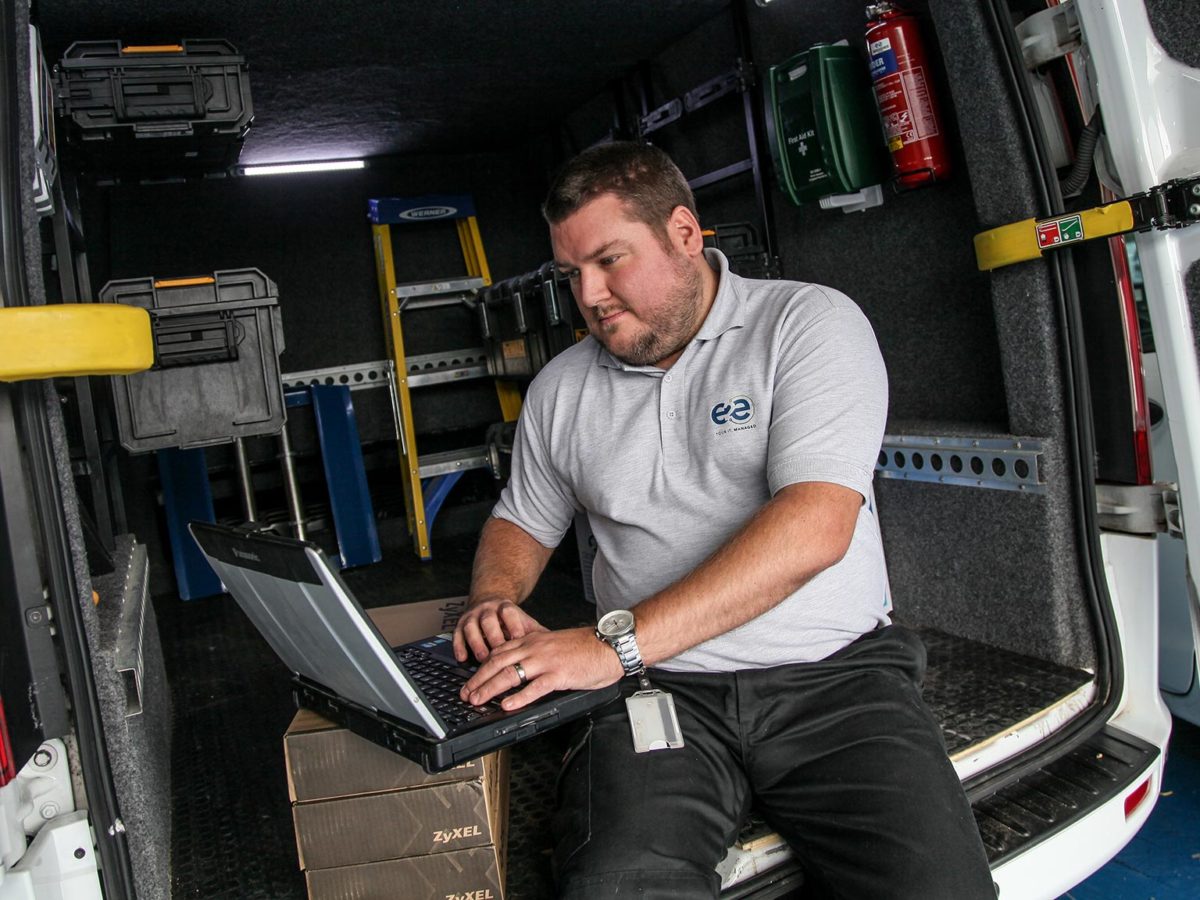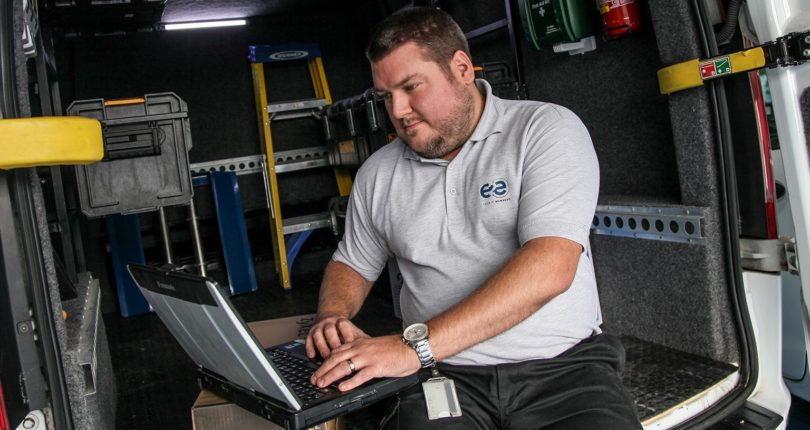Is remote working the future?
Months after lockdown was introduced, many organisations who had previously shied away from remote working are quickly realising that it comes with many benefits and virtues….

In the wake of the ongoing COVID-19 pandemic, working remotely has become a lifeline for many UK businesses. As lockdown hit, employees frantically arranged home offices in kitchens, conservatories, and children’s bedrooms, subscribed to video call platforms and worked hard to maintain productivity. Months down the line, many organisations who have previously shied away from remote working are quickly realising that it comes with many benefits and virtues.
According to the latest figures, nearly half of all working adults in the UK are working from home due to COVID-19. Before the pandemic, just 5% of people were working remotely.
Let’s take a look at some reasons why remote working could be the future.
It saves businesses money
Having fewer employees in the office hugely reduces business costs. By reducing the office space and allowing for more efficient workspace usage, companies can save on office rent, infrastructure, maintenance, and travel reimbursements.
Employ larger teams
If your company has adopted a full time or part time remote working schedule, it could mean that you are able to employ more people and grow your business. Without the need for everyone to be in the office at the same time, there is more scope and budget for larger teams. Remote working also give businesses greater access to applicants by removing geographical obstacles.
Make better use of technology
Technology is the key enabler of remote working. There are thousands of resources that can help your employees communicate and collaborate instantaneously. By utilising fast Wi-Fi connections, smartphones, cloud computing, video chat platforms, project management software and VoIP, your business can easily stay on top of things.
Thankfully over this challenging period, the technology infrastructure has largely supported the transition to remote working. The rollout of 5G and continued development in areas such as augmented reality and telerobotics, promise to make more of the work we do possible remotely.
Many businesses have been able to invest in products and services that help employees to work remotely, which means they now have more flexibility. The pandemic forced companies to embrace new technology and implement remote meetings and collaboration.
Using video call platforms like Zoom, Microsoft Teams, Google Meet has improved communication and proved extremely effective. Alongside using apps like Microsoft 365 to its full potential. This has led to businesses now viewing remote working and virtual meetings as a thing of the future.
Boosts productivity
The myth that remote workers are less productive has completely shifted in recent months. Research conducted by Tilburg University found that people felt working remotely tended to allow them to work with greater efficiency and gave them more control over their workday. They highlighted that they felt less pressure and had more time. If employers trust their employees to complete tasks on time and maintain their drive, this can lead to a big boost in productivity.
Recently, Stanford University conducted a two-year remote work productivity study which followed 500 employees who had been split into “remote” and “traditional” working groups. The remote working group results not only showed a work productivity boost equal to a full day’s work, but also fewer sick days and a 50 percent decrease in employee attrition.
Improves work life balance
Giving employees more control over their working day has been shown to improve happiness and productivity. If an employee needs to be at home for a special delivery, or they need to pick up their child from school, remote working gives them to the freedom to clock in and off when they need to without having to request time off.
Better for the environment
One of the biggest positives to an increase in remote working is the environmental impact. If employees are working remotely there will be no need for commuting, which means there will be a cut in harmful emissions caused by cars, trains and other transport. If you incorporate these practices into your business plan, you can also show customers that you are a responsible, environmentally conscious company.
Promotes employee well-being
Remote working has also been shown to promote employee well-being. The extra time at home can help towards a greater personal development, more time for exercise and family. With no long commute, no lunch rush and less hours away from friends and family, employee health and happiness is boosted, which can lower the risk of employee sickness.
Makes businesses more competitive
Even if you have an outstanding product, mission or business goal, ultimately, it’s the employees who drive business success. They shape the products, drive your teams and contribute to the growth of the business. Therefore, the ability to attract and retain top talent is crucial if your company is to remain competitive. Introducing flexible, remote working can play a big part when recruiting or maintaining your team. Companies that offer a flexible working arrangement, such as full, half, or partial remote work, could make the difference when a top candidate is selecting their next career move.
But will it continue in the future?
Technology has advanced to the point where business can operate at the same levels remotely as face-to-face. There are, of course, some jobs that cannot not be worked remotely, and working from home does not work for everyone. As Prof Robert Kelly discovered during a now-famous live interview from his home for BBC News, which was interrupted by his wife and small children, earning him the nickname BBC Dad. Employees have also highlighted that they’ve missed the social interaction that comes with working in the office. Plus, not everyone has the space in their homes to set up a comfortable office space.
Before COVID, remote working was a drip feed concept that would have taken years for many businesses to adopt. However, now, many of the important processes, software and culture is now in place, making it far easier to continue as we are.
If you’d like help getting your business set up for remote working, get in touch with our friendly team today!







